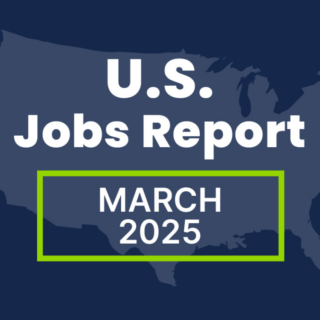A fairly large handful of colleagues and clients are aware that my family and I are having some fairly extensive renovation work done on our home. Partly because I have moaned about it on a weekly basis since January. Partly because the endless background sounds of drills, hammers and circular saws— and on one particularly fraught occasion, a builders exposed backside descending from a loft ladder behind me—have all permeated some of my Zoom video calls.
Now that the work is 90 percent finished, I look back on the project, and there are some aspects of it that I wish we had done differently. In doing such a lot of work at one time, we inevitably compromised on our standards in some small ways when faced with the size of the project ahead.
Hopefully, you can see where the analogy is leading. When we, or our clients, are faced with a mountain to climb in terms of the complexity or scarcity of required talent in big numbers, it’s easy to deviate away from best practice. And this is never more common than now.
As organisations switch from hiring freezes to acute growth mode, we are seeing a dramatic shift back towards a candidate-driven market. As the next 12 months play out, I personally believe this will prove to be one of the most dramatic shifts in several decades, and employers will be scratching their heads at just how they are going to close the hiring gap.
During these impending and inevitably large-scale campaigns, there are three potential risks that stand out to me:
1. Introducing new people will impact the company culture.
Firstly, hiring lots of new people can present a risk to the company culture you’ve spent a lot of effort crafting. This may be more prevalent within smaller organisations or for those hiring at the leadership level, but no organisation is truly immune. With any hiring that significantly impacts a team, you must consider not only the skills and competencies match, but also how the existing cultural makeup of that group will be affected. One way to counter this is through thorough training to help align old and new employees on the same cultural path. This should be led by leadership and serve as a catalyst for people—old and new—to embrace your organisation’s mission and values.
2. High-volume hiring can increase the risk of compromising on quality.
When it comes to high-volume hiring, hiring managers are more inclined to drop their standards on quality-of-hire. Not so much in terms of matching skills and experience, which tends to be a more objective. Plus, a deviation away from the requisite profile can be harder for the hiring manager to justify in their own mind. However, I’ve seen a “lowering of the bar” when it comes to the softer skills—the personality traits and competency matches which are naturally more subjective. One effective antidote here is robust candidate assessment practices. Backing up your gut feel with a bespoke or even “off the shelf” assessment package can help make your judgement more objective.
3. Diversity amongst new hires suffers.
Thirdly, there is naturally a risk to diversity in your hiring. We’re all hopefully well-versed on the myriad benefits that fostering a diverse and inclusive workforce can bring. But, what is a valid, primary consideration when hiring one or two team members can begin to feel like an added challenge when filling a large number of openings starts to weigh down on a manager. Is there a temptation to let diversity standards slip if the challenge of filling critical gaps on your team already feels impossible? Is one allowed to be pragmatic in the circumstances and just hire, regardless of the diversity credentials?
I would argue that you wouldn’t hire someone who has the wrong skills for your team, so you shouldn’t be any more inclined to lower standards on diversity. As we all know, the wrong hiring decision now, only costs us in the long-term when we have to re-hire down the line. Better to get it right first time, whether that be a diversity match or a skills match.
Ultimately, any short-term concessions we might be tempted to make under pressure to hire at the time will be a source of regret. So, don’t lower your standards and suffer from these pitfalls. Take it from me—the decision not to fit underfloor heating in our family bathroom will likely haunt me for the next decade or two!


